When the panic slams the door and your young adult is on the floor of it—crying, shaking, refusing food, saying they can’t breathe—you feel time slow and accelerate all at once. You might not know exactly what to say. But you know something has to change. You know your child needs help.
If you’re searching for a path forward, knowing how to talk to them about an anxiety treatment program can be the first step to opening that door together.
1. Prepare Yourself Before the Talk
Before you walk into the room, take a deep breath. The conversation matters less for its script and more for your calm presence. Crisis makes our voices loud, our hearts heavy, our words rushed. Ask yourself: Can I sit with discomfort without fixing it? Can I breathe before I speak?
When you steady yourself, you offer your child the option to let their guard down. Even if they’re refusing treatment, your steady presence says: “You don’t have to do this alone.”
2. Open the Conversation with What You’ve Noticed
Young adults in crisis often hear what they “should” feel, not what they do feel. Instead of saying, “You’re acting weird and it’s causing problems,” try:
“I’ve noticed you haven’t been sleeping or eating much these last few weeks.”
“It looks like you’ve been carrying all of this inside—so much you don’t talk about.”
“I can see the fear in your eyes when we’re alone together.”
When you use observation rather than accusation, you give them a mirror—not a judgment.
3. Acknowledge the Fear and Show Empathy
Anxiety is a pounding heart, a world on fire, a body that won’t rest. It feels real. It’s a crisis. So say it:
“I know you’re scared. I know it feels out of control.”
“I can’t fix this. And I don’t expect you to just ‘get over it’.”
“You’re not broken. You’re in pain.”
You don’t have to have all the answers. But your acknowledgement gives permission—to feel, to confide, to reach. It turns the moment from isolation to connection.
4. Introduce the Anxiety Treatment Program as Support—not Punishment
When you mention an Anxiety Treatment Program in Barnstable County, MA, clarify that this is not a “send‑away‑to‑fix” scenario. It’s a place to rest, learn, recover.
“This is a chance for things to feel less heavy.”
“It’s not because you failed. It’s because you’ve been doing your best, and now you deserve help.”
“You’ll be with people your age who know what this feels like.”
When treatment is framed as relief—not punishment—resistance can soften.
5. Explain What Treatment Actually Looks Like
Clarity can reduce panic. Explain that entering the program will include some of the following:
- One‑on‑one sessions with clinicians who specialize in anxiety
- Group therapy with peers working through similar crises
- Skill‑building: how to calm the body, manage racing thoughts, rebuild sleep and routine
- Family check‑ins, so you’re part of this plan together
You might say: “They’ll help you get tools—not just talk about your anxiety, but teach you how to walk through a fire and not get burnt.” Research shows therapy like cognitive‑behavioral work helps children and young adults learn coping skills for anxiety.

6. Invite Their Input—Then Respect Their Space
Even in crisis, your young adult has agency. Say:
“Here’s what I found. You don’t have to decide now. I’ll hold the info. Whenever you’re ready, we’ll look at it together.”
“If you want, I’ll go with you to the first meeting. But you can go alone, too.”
This quiet invitation preserves dignity. It says: “I’m here. You’re not alone.” And that often opens the door when help is finally welcomed.
7. Prepare for Resistance—and Plan for Patience
The first “No” doesn’t mean the last “No.” Refuge from anxiety often looks like resistance at first. They might say: “I’m fine,” “It won’t help,” “You don’t understand.” That’s okay. Keep the door open. Keep the calm.
Tell them:
“I’ll keep looking until you say yes.”
“This doesn’t end today. It begins here.”
Remember: your child’s brain is still maturing, coping skills haven’t fully formed, and crisis can scramble their ability to choose. Your steady presence can be the anchor they didn’t know they needed.
8. Let Them Know What Success Looks Like—and What It Doesn’t
Success in treatment doesn’t mean they come out dancing. It means they start showing up.
You’ll see:
- Fewer shutdowns, more “I’m scared” statements
- Slightly better sleep, a meal eaten
- A commitment kept: class, shift, therapy
- “I’m trying” replacing “I can’t”
And you’ll not see: instant perfection, zero anxiety, a straight upward line. That’s not realistic. Progress is patchwork, messy, and real.
9. Keep Looking After Yourself in the Process
As the parent of a child in crisis, your stress is real, valid, heavy. You don’t have to carry it alone. You might consider parent support groups, counseling for yourself, or simply a daily ten‑minute reset. It’s not just about your child—you will be healthier and more present when you care for yourself too.
Frequently Asked Questions
Q: My child refuses to talk about treatment—what do I do?
A: Anxiety often silences voices before it breaks the body. Let them know you’re not asking for perfection—you’re just asking them to try. Plant the seed. Leave the door open. Because sometimes healing begins in that space between “Alone” and “Okay.”
Q: Isn’t treatment only for major crises? My child is just anxious.
A: Anxiety treatment programs are for all levels. What matters isn’t the label—it’s the suffering. If you see fear, shutdown, avoidance, repeated patterns—you deserve help. Early support often stops bigger crises later.
Q: Will they get stuck in the program and never leave?
A: Good programs clarify early: short‑term, focused, transitional. They include step‑down plans: outpatient therapy, local support. If you’re near Cape Cod, for instance, Anxiety Treatment Program in Falmouth, MA helps transition back home, not “sink you in forever”.
Q: What if we can’t afford it or logistics are impossible?
A: Ask. Most programs help with insurance, sliding scale options, and are versed in crisis referrals. The hardest part is making the call. Once you do, you’re not alone.
Q: How soon will we see change?
A: Change looks different for everyone. Some feel lighter in days. Some take months. The important question: Is your child moving at all? If yes—treatment is working. If no—that’s the next conversation. Consistent small steps matter more than grand leaps.
Let’s Take This шаг Together
You don’t have to navigate this alone. You don’t have to know all the answers. You just have to make the call. One call. One conversation. One breath.
Call 888‑685‑9730 or visit our Anxiety Treatment Program page to learn about services in Cape Cod, MA. Support is ready. Hope is ready. You’re not alone—right now, you’re showing up.








